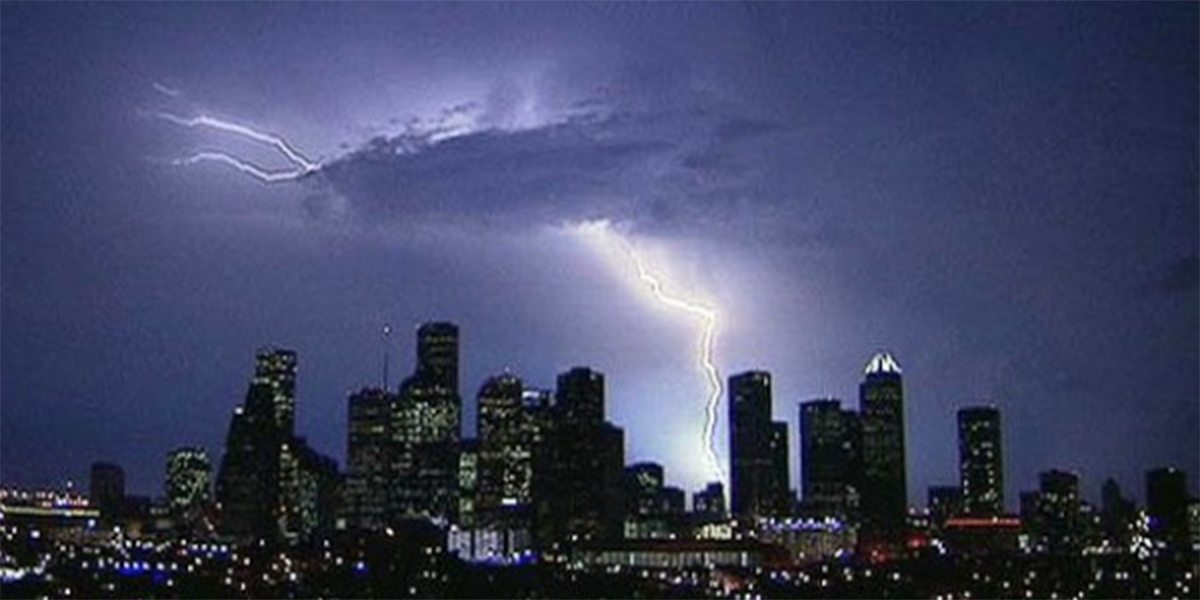Does pollution affect thunderstorms? The U.S. has two Baylor profs working to find out

What impact does urban pollution have on thunderstorm activity? The U.S. Department of Energy (DOE) wants to know — and is enlisting the services of two Baylor environmental science professors as part of a massive three-year project to learn more.
Drs. Rebecca Sheesley and Sascha Usenko each serve as associate professors of environmental science at Baylor, and as co-investigators in the project. They received an $890,000 grant from the DOE’s Atmospheric System Research program to collect and study data in the greater Houston area over a three-year period, measuring urban pollution in different areas around the city to connect with data on weather and thunderstorm activity.
The project is “a great opportunity for us to do really interesting atmospheric chemistry and processes research right in our backyard,” says Sheesley. “We hope to improve understanding of how urban air pollution changes the dynamics of these storms systems we routinely see affecting Houston.”
Houston provides a rich field of study due to the immense size of its metro area, which presents a wide array of atmospheric conditions. Sheesley and Usenko won’t be working on this alone — scientists from the DOE, NASA, and other academic institutions will be involved — but their work will be key to finding answers. Their team will measure aerosol, gas and meteorological measurements next summer, matching them to DOE radiation measurement which can provide modeling of convective cell thunderstorms.
Air quality and its impact is a key topic for both professors; they are working with federal and state agencies on separate projects to understand the dynamics of urban air quality in south Texas, which, combined with the DOE project, will provide them with a unique opportunity to better understand the sources and impact of air quality with the hopes of improving the quality of life here in Texas.
“There’s a lot of relevance to what we’re doing. It doesn’t take people very long to see where our research is interacting with them and their lives,” Usenko says. “We think the ramifications of such a study could have far-reaching implications on our understanding of how we as humans are interacting with the environment.
Sic ’em, Drs. Sheesley and Usenko!

